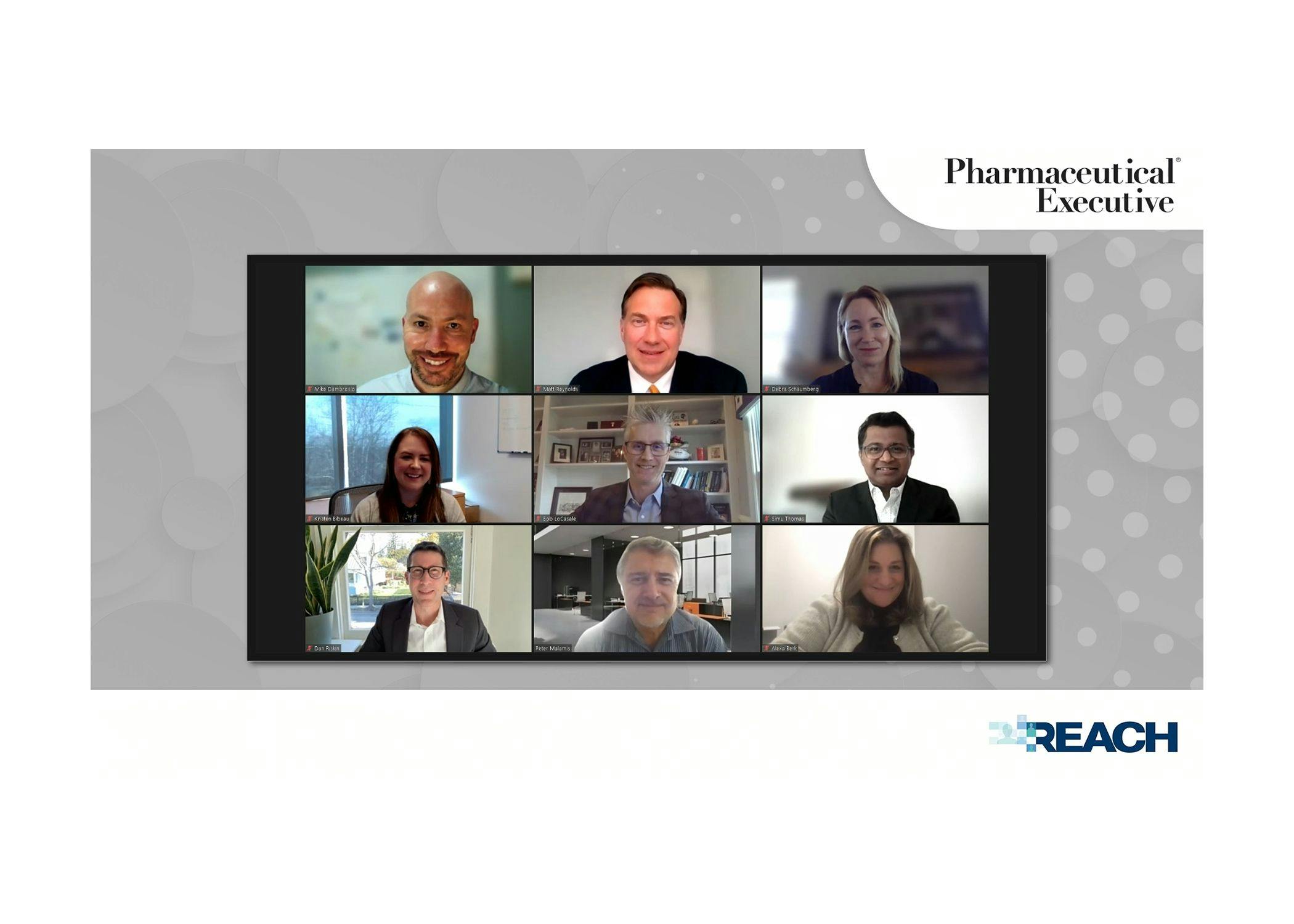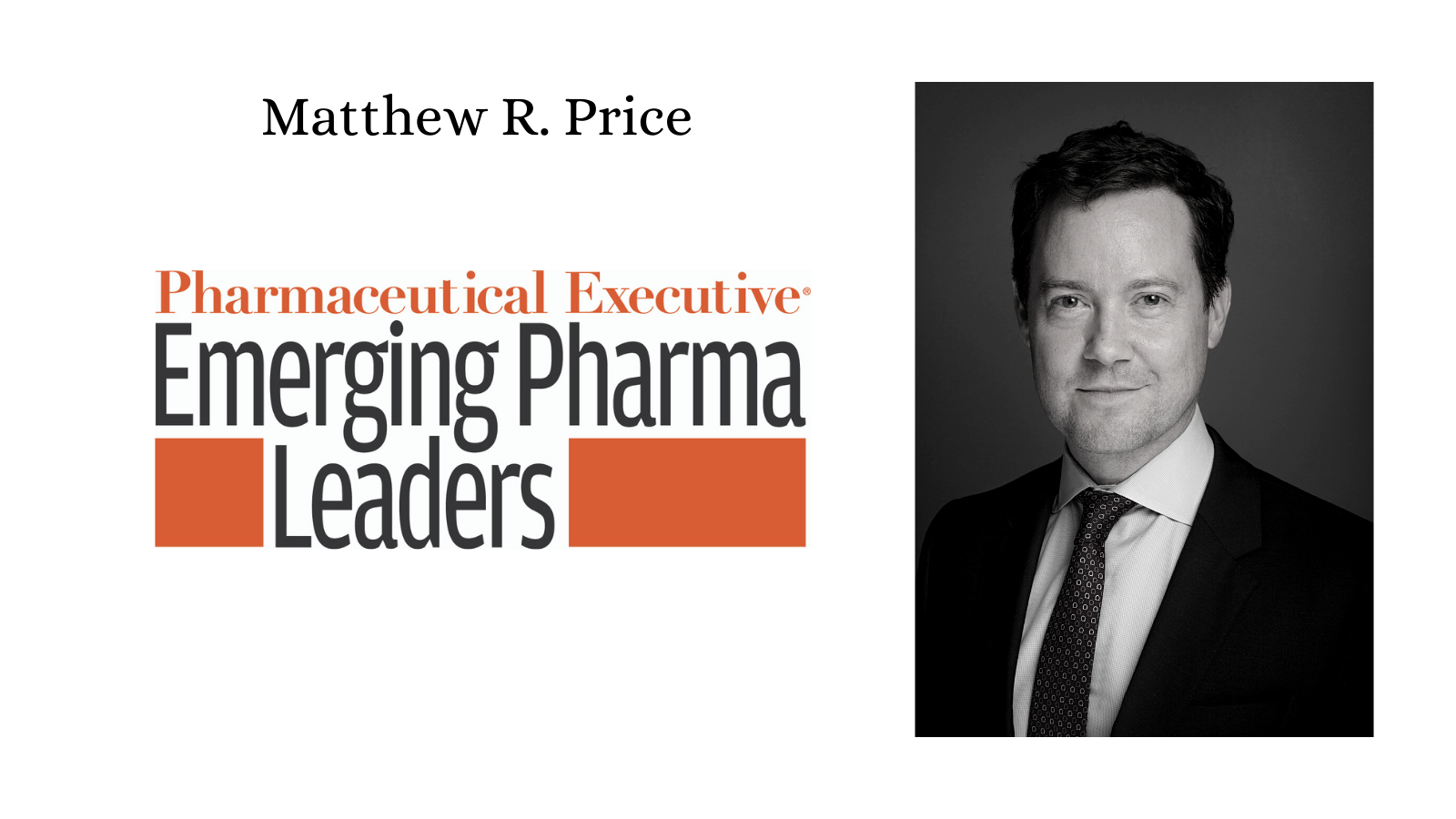Can Pharma Seize the High Ground in Latest Pricing Proposal Flurry?
The risky business of outmaneuvering Europe’s drug pricing authorities.
Is the drug industry in Europe plotting to tame three dragons at once with its latest volley of policy proposals? Innovative pharma companies in Europe have faced constant threats for years in the shape of reference pricing, parallel trade, and incoherent health technology assessment (HTA). Research-based companies have long complained that their energies are depleted and their incentives blunted by the way national governments impose conditions relating to price and reimbursement, and by the adverse effects of their interplay at the European level. April saw the European drug industry association release three closely argued papers, each of which individually suggested some specific new perspectives. Taken together, they represent what looks like a carefully calibrated assault on some perennial problems.
The most striking industry offer is a commitment by companies to apply for pricing and reimbursement of all their innovative medicines in every EU country within two years of obtaining market authorization. More than a gesture of goodwill, this is an explicit response to growing pressure—backed by threats of legislation—to require the same chances of treatment to patients in smaller markets like Cyprus, Malta, or Estonia as those in Germany or Italy.
Just as dramatic is an industry invitation to national and European authorities to get serious about jointly organizing a formal scheme in which lower-income countries could pay less for innovative medicines than higher-income countries.
The third in this trio of positions aims to take much of the heat out of the entire European debate about drug pricing by relativizing its significance in national health budgets. “Net pharmaceutical expenditure is an important but smaller part of the total healthcare costs,” it argues. In addition, the debate around pharmaceutical prices has focused on single medicines in isolation, without taking account of the savings to the total healthcare system of the diseases that they aim to treat or prevent, it underlines.
The merit for the industry of this third element is easy to see. In basing its calculations on net prices, not only do the numbers for health system spending come out lower, but public awareness is raised of the crucial distinction between net and list prices. The figures also serve to help the demonstration that apparently expensive drugs are often in fact a bargain.
The motivation behind the other two initiatives is more complex. At first glance, it might hardly seem worth the extra administrative burden that companies will be committing themselves to in placing their products even in smaller markets. But the commitment to launch is accompanied by a device—a public portal —where companies will post the progress of each of their pricing and reimbursement applications in each market. This, reckon industry leaders, will expose where the real obstacles lie in pan-European access: not greed for private profit, but the delays and divergences in national decision-making that actively discourage companies from seeking launch in some markets.
Similarly, the complex customized pricing system now being offered by industry—known as equity-based tiered pricing—also comes with its own baggage of reservations. Industry will provide lower prices for poorer countries on conditions—ones that would include strict confidentiality over the prices agreed, stricter limits on the reference pricing widely practiced at present by national pricing authorities, and measures to prevent diversion—of goods or information that would undermine the scheme.
Adding up the potential bonuses to industry from all this energetic activity suggests some solid and substantial gains. High-profile revelation of the lengthy and highly variable national processes in HTA, painstakingly documented on a public portal by the victims themselves, may have an immediate effect in driving improvements at a national level—and will provide plenty of ammunition for the industry to use in shaping the details of the new European HTA scheme as that is finalized over the next two years.
If the new pricing scheme locks in confidentiality on individual pricing agreements, it could forestall much of the disadvantage drug firms will be subject to under the much-vaunted closer collaboration between national pricing authorities.
There is no doubt that the debate on drug pricing is going to get more intense in the coming years, because the rewrite now underway of EU rules on pharmaceuticals will bring prices under even closer scrutiny. The more information that the industry can get into the public policy domain before new rules are set, the better its chances of heading off the more extreme proposals to weaken its influence that are now circulating in Europe.
Reflector is Pharmaceutical Executive’s correspondent in Brussels


.png&w=3840&q=75)

.png&w=3840&q=75)



.png&w=3840&q=75)



.png&w=3840&q=75)


















